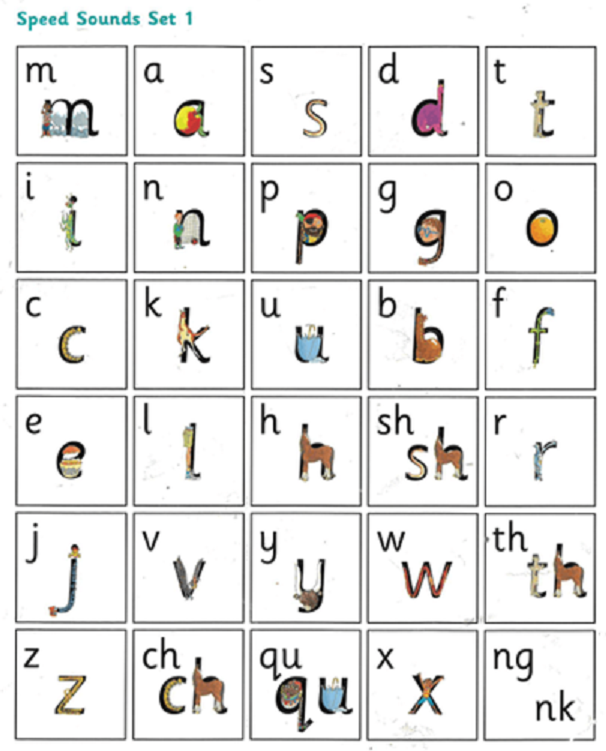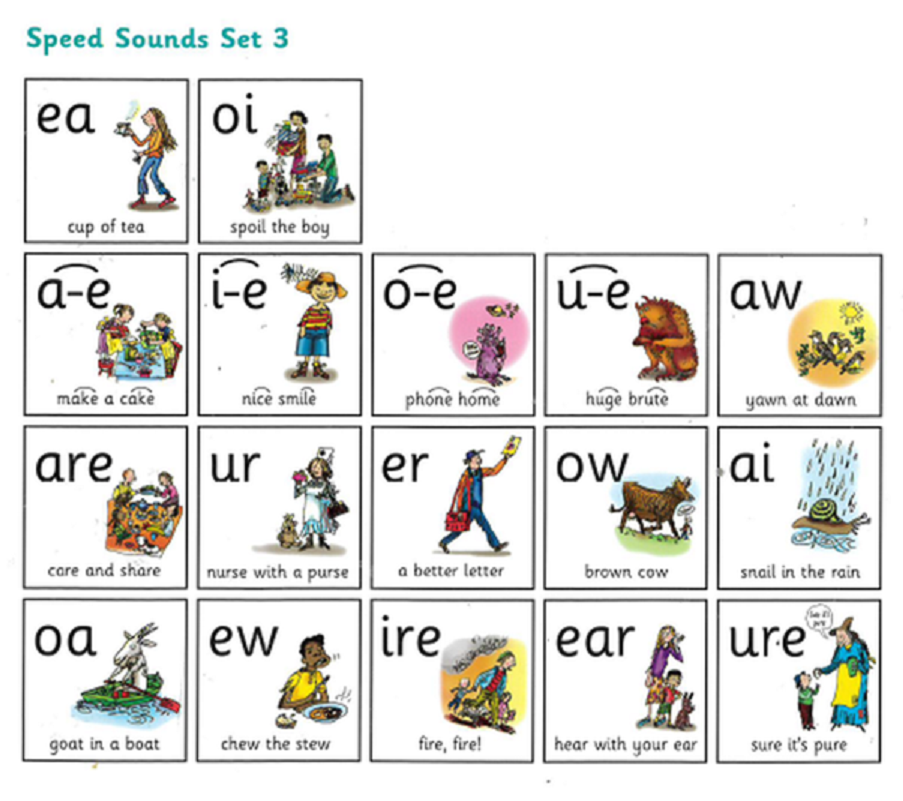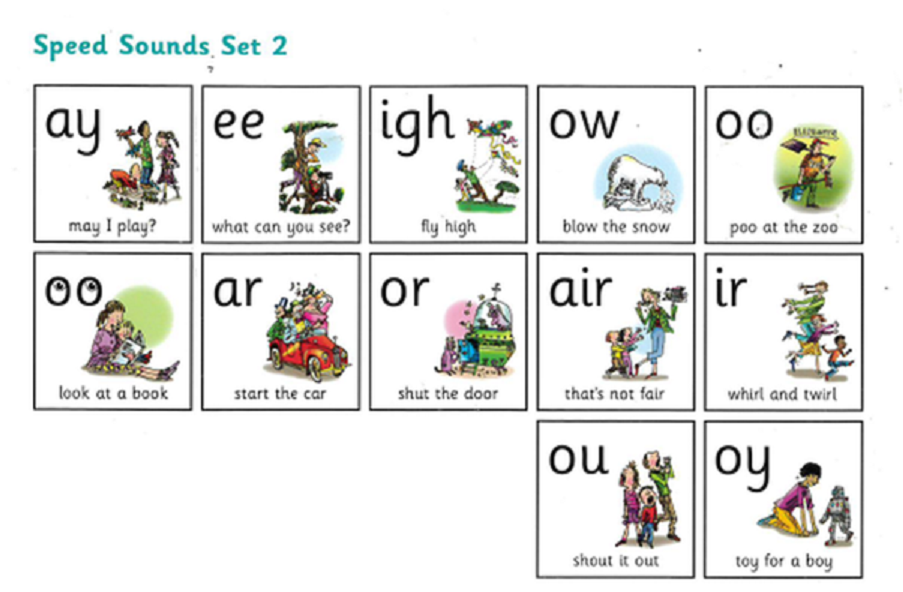Supporting your Reception child at home
How can you help your child with English?
A child’s progress in reading and writing gets better the more they practise.
We have put together some tips and advice to help you support your child at home.
Key tips:
Praise effort and not ability. For example saying ‘You’ve worked really hard at sounding out that word’ rather than ‘You’re so clever!’
Reading together is a very special time; try and make reading part of your daily routine where you can discuss the book they are about to share with you and listen to them read.
Aim to read everyday with your child for at least 10 minutes
Find opportunities for reading in everyday life. For example shop names, road signs…etc
Make learning Key Words fun!
Model reading for pleasure and be excited about the books children bring home
Share with your child favourite books from your childhood
Early Reading
Phonics
Read Write Inc. phonics is a comprehensive synthetic phonics programme that teaches reading, writing and spelling. They include a range of effective teaching materials, and reading books for children to apply their phonic knowledge.
Children learn the English alphabetic code: first, they learn one way to read the 40+ sounds and blend these sounds into words, then learn to read the same sounds with alternative graphemes.
They experience success from the very beginning. Lively phonic books are closely matched to their increasing knowledge of phonics and ‘tricky’ words and, as children re-read the stories, their fluency increases.
|
|
|

Home Reading Scheme
In order for children to develop into fluent readers, they must master not only their phonic sounds, but an efficient sight vocabulary (key words). There are 49 key words that the children are required to learn during the first year of school – see inside your child’s reading record.
As well as the shared reading opportunities that occur on a daily basis, your child will read with the class teacher every week. During this time, your child will receive precision teaching, tailored to their individual needs. Two reading books will be sent home on a weekly basis along with key words to be learnt for that week. It is imperative that you read with your child as often as you can, ideally on a daily basis, and practise their key words regularly. We also encourage parents to record a brief note in the reading diary about how their child read.
See below for ideas for supporting your child at home with their reading:
- Set aside some time. Find somewhere quiet without any distractions – turn off devices.
- Ask your child to choose a book alongside their home reading book. Sharing books they have chosen shows you care what they think and that their opinion matters. This means they are more likely to engage with the book.
- Sit close together. Encourage your child to hold the book themselves and/or turn the pages.
- Point to the pictures. If there are illustrations, relate them to something your child knows. Ask them to describe the characters or situation or what will happen next. Encourage them to tell you the story by looking at the pictures.
- Encourage your child to talk about the book. Talking about the characters and their dilemmas helps children understand relationships and is an excellent way for you to get to know each other or discuss difficult issues. Give your child plenty of time to respond. Ask them what will happen next, how a character might be feeling or how the book makes them feel.
- Pause when you are reading a familiar story and let them read the next word. Encourage them to say the letter sounds and blend them together to read the word (e.g. ‘Bo-Peep up the hill I spy Jack and . . . J-i-ll, Jill!’).
- Play ‘hunt the letter’ or ‘hunt the word’. Say ‘Can you find the word ‘cat’ on this page?’ Or ‘Can you find a word that starts with ‘m’?’
- Make some flashcards with simple ‘CVC’ (consonant-vowel-consonant) words like ‘hat’, ‘bed’, ‘tip’, ‘dot’, ‘cup’. Ask your child to say the sound each letter makes and then put all the sounds together to read the word, e.g. ‘c-u-p, cup’.
- Encourage your child to look for words and letters in the world around them – on posters, road signs, shop signs, etc. Give them lots of praise for recognising and sounding out some of the letters and words.
- Above all – make it fun!
It doesn’t matter how you read with a child, as long as you both enjoy the time together. Don’t be afraid to use funny voices – children love this!
Writing
In order for children to develop as writers, they must develop their gross and fine motor skills. Activities such as threading, playdoh, climbing, and building really help to support this.
The skills that the children learn in reading are easily transferable to writing. As the children develop their phonic knowledge, they also develop their grapheme knowledge (how the sound is represented). Children are provided with ample opportunities during the school day to develop gross and fine motor skills as well as letter formation. As the children become confident forming letters and blending and segmenting, they quickly begin experimenting with writing words phonetically. With the addition of their learnt key words, they should be attempting to write short simple sentences by the spring term, e.g. I like my cat. I like my dog.
During their time in Reception, we use the Nelson Handwriting Scheme to develop pencil control and letter formation. Nelson Handwriting is a whole-school programme designed to help all children develop a confident, legible and personal handwriting style. Reception children each have a handwriting book that they will work in once a week with their teacher. They will also learn and practise letter formation during daily phonics sessions. Children who need extra support will receive interventions to develop their motor skills.
Many thanks for your support
Reception Team



